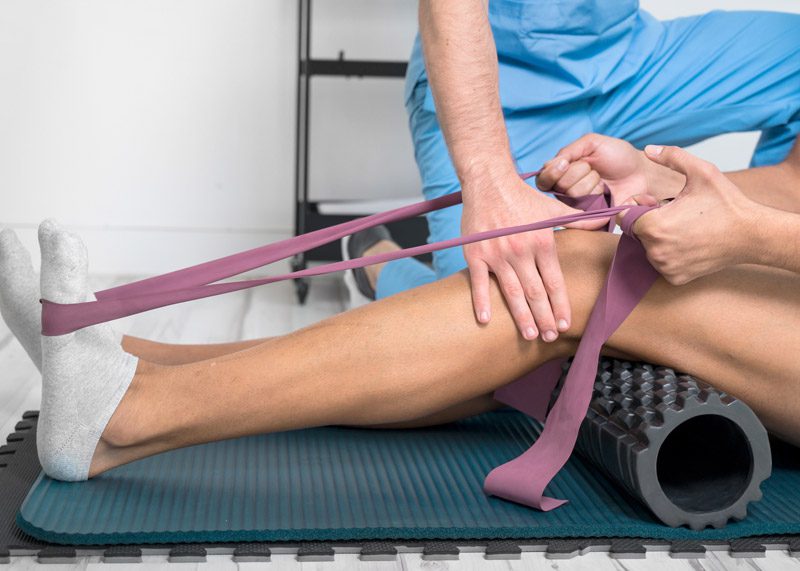

Physical therapy is a branch of medical treatment that involves the use of exercises, movements, and equipment to help manage and improve a wide range of physical conditions. Physical therapy aims to restore or improve physical function, enhance mobility, and reduce pain or disability caused by injuries, diseases, or conditions.
Who Needs Physical Therapy?
Physical therapy is often recommended as an effective non-surgical treatment option for conditions such as arthritis, back pain, sports injuries, joint and muscle pain, and balance problems. Physical therapy can also be helpful for individuals recovering from surgeries, strokes, or accidents.
Benefits of Physical Therapy
One of the key benefits of physical therapy is its ability to provide patients with the knowledge and skills necessary to manage their condition independently. Physical therapy can help patients learn proper techniques for stretching, exercise, and other activities that can be performed at home. This can help improve overall physical fitness and decrease the risk of future injuries or relapses.

Physical therapy can be done to help patients improve mobility and function, manage chronic conditions such as heart disease or chronic obstructive pulmonary disease (COPD), and treat conditions such as Parkinson’s disease, stroke, or traumatic brain injury. Children diagnosed with developmental or neurological conditions may also undergo physical therapy.
What to Expect When Preparing For Physical Therapy
The process of physical therapy typically begins with a thorough evaluation by a licensed physical therapist, who will assess the patient’s medical history, physical abilities, and specific condition. Based on this evaluation, the therapist will create a customized treatment plan that may include exercises, stretches, massage, and the use of specialized equipment.
Receiving Physical Therapy
The duration and intensity of physical therapy can vary depending on the patient’s condition and goals. Some patients may require only a few sessions, while others may need regular appointments over a longer period of time. Physical therapy may also involve regular check-ins and evaluations to track progress and adjust treatment plans as necessary.
It’s worth noting that physical therapy can be a challenging and sometimes uncomfortable process. Patients may experience soreness, fatigue, and frustration after treatment. However, the benefits of physical therapy can often outweigh the challenges, as it can help patients regain mobility, decrease pain, and improve overall quality of life.
Why Choose Physical Therapy
Physical therapy is a versatile and effective form of medical treatment that can help patients with a wide range of physical conditions. Physical therapy is often used as a non-surgical option for treating conditions such as arthritis, back pain, sports injuries, joint and muscle pain, and balance problems. Physical therapy can also help patients recover from surgeries, strokes, or accidents.
Dr. Alireza Bozorgi takes a multidisciplinary approach when providing physical therapy and personalizes treatment plans to the patient’s specific needs. The physical therapy he provides may involve exercises, stretches, massage, and specialized equipment. With the knowledge and skills learned from physical therapy, patients can manage their condition independently, improve overall physical fitness, and reduce the risk of future injuries or relapses.


